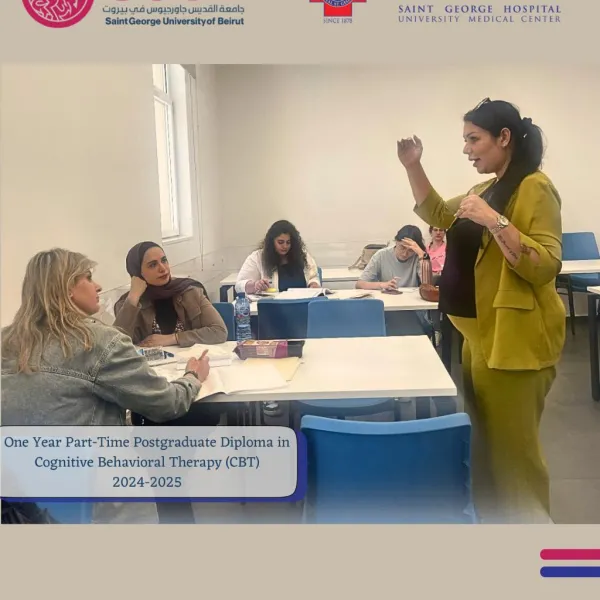Suicidality in the Arab world part I: Community Studies
Abstract
This paper reviews published community based studies that assessed suicidality in the Arab World. A search was conducted on several search engines (PubMed, Psychinfo, IDRAAC WEB/CD) up to 2006 (Bahrain,
Egypt, Iraq, Jordan, Kuwait, Lebanon, Morocco, Oman, Palestine, Saudi Arabia, Sudan and United Arab EmiRates). Results varied across countries and methods. In Arab community studies, the prevalence of lifetime suicide ideation varied from a low of 2.09% to a high of 13.9% and the lifetime prevalence of attempts from 0.72% to 6.3%. In about all community studies which assessed lifetime and 12 months suicide, ideation was significantly related to being a female. Twelve month suicide ideation was significantly related to depressive symptoms and experiencing more life events, illnesses and using more tranquilizers/sleeping pills. One month suicide ideation was related to non-married status, not having children and a history of psychiatric disorders, specifically MDD, dysthymia, agoraphobia, OCD and GAD.
When compared to female University students, females who were displaced or refugees were significantly more likely to report suicide ideation (within the “past few weeks”). In conclusion, national epidemiological studies are needed to assess the prevalence and risk factors of suicidal behaviors in the Arab World. Arab Journal of Psychiatry, 18(2), 99- 107.
To obtain complete access to the article, please send an email to idraac@idraac.org, in which you specify your position and the reason for your request.



